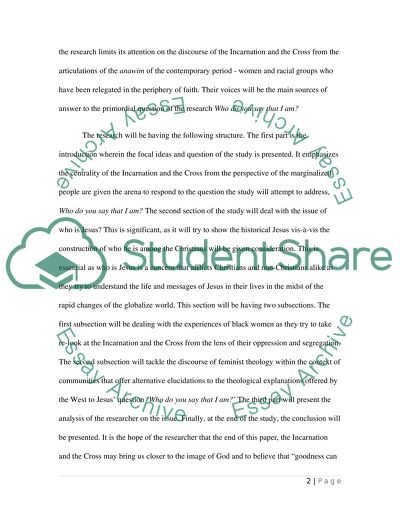Cite this document
(“The Incarnation and the cross Term Paper Example | Topics and Well Written Essays - 5000 words”, n.d.)
Retrieved from https://studentshare.org/religion-and-theology/1397446-the-incarnation-and-the-cross
Retrieved from https://studentshare.org/religion-and-theology/1397446-the-incarnation-and-the-cross
(The Incarnation and the Cross Term Paper Example | Topics and Well Written Essays - 5000 Words)
https://studentshare.org/religion-and-theology/1397446-the-incarnation-and-the-cross.
https://studentshare.org/religion-and-theology/1397446-the-incarnation-and-the-cross.
“The Incarnation and the Cross Term Paper Example | Topics and Well Written Essays - 5000 Words”, n.d. https://studentshare.org/religion-and-theology/1397446-the-incarnation-and-the-cross.


